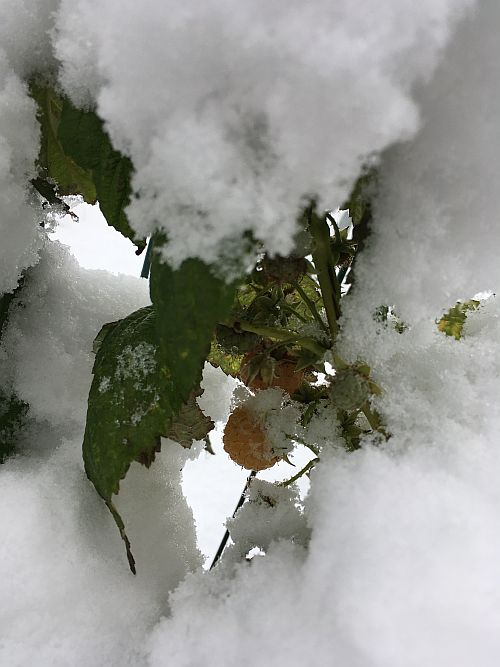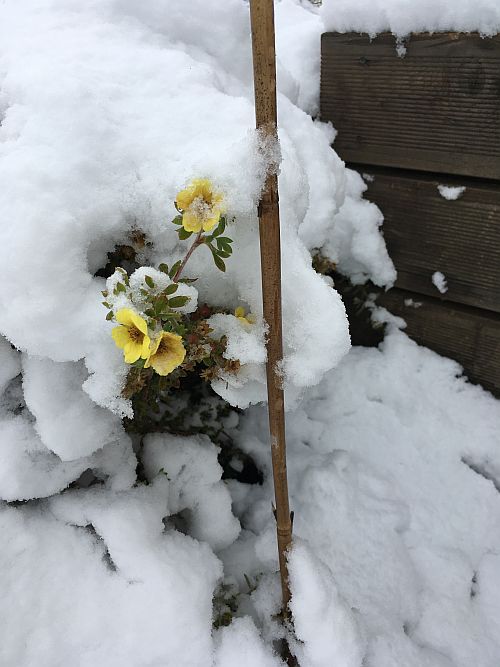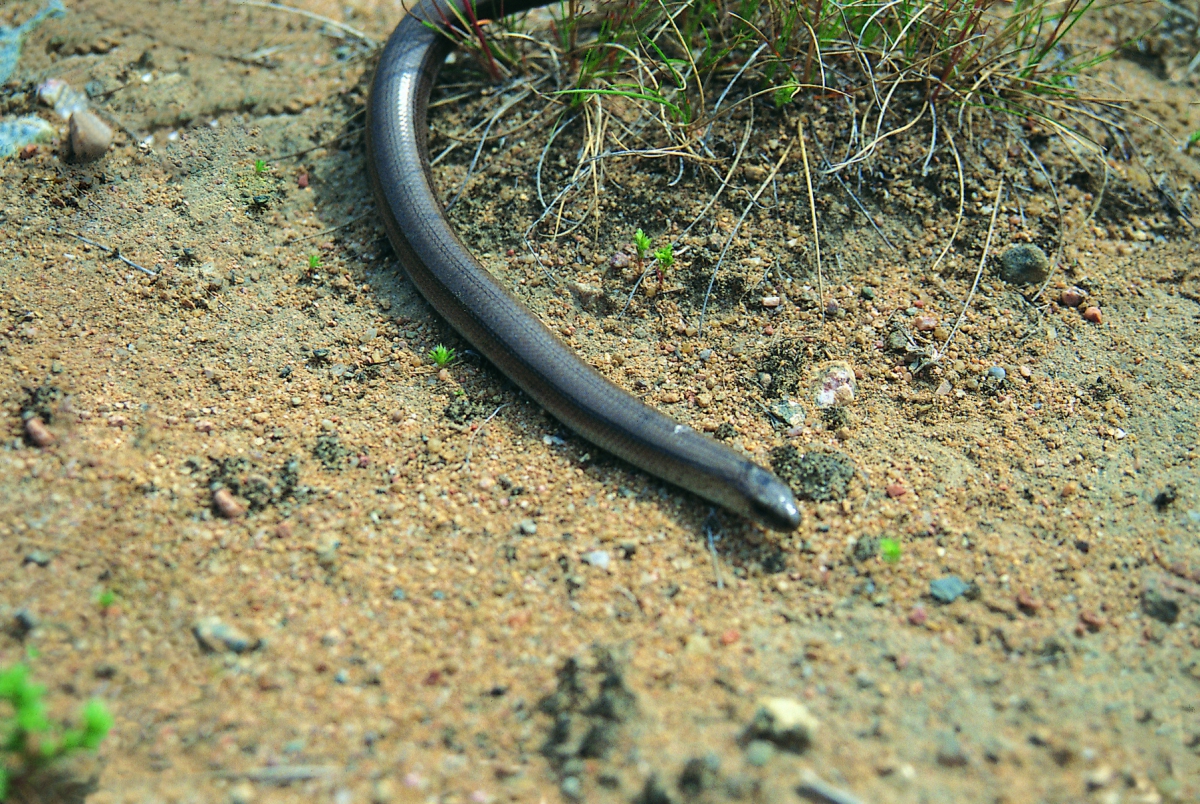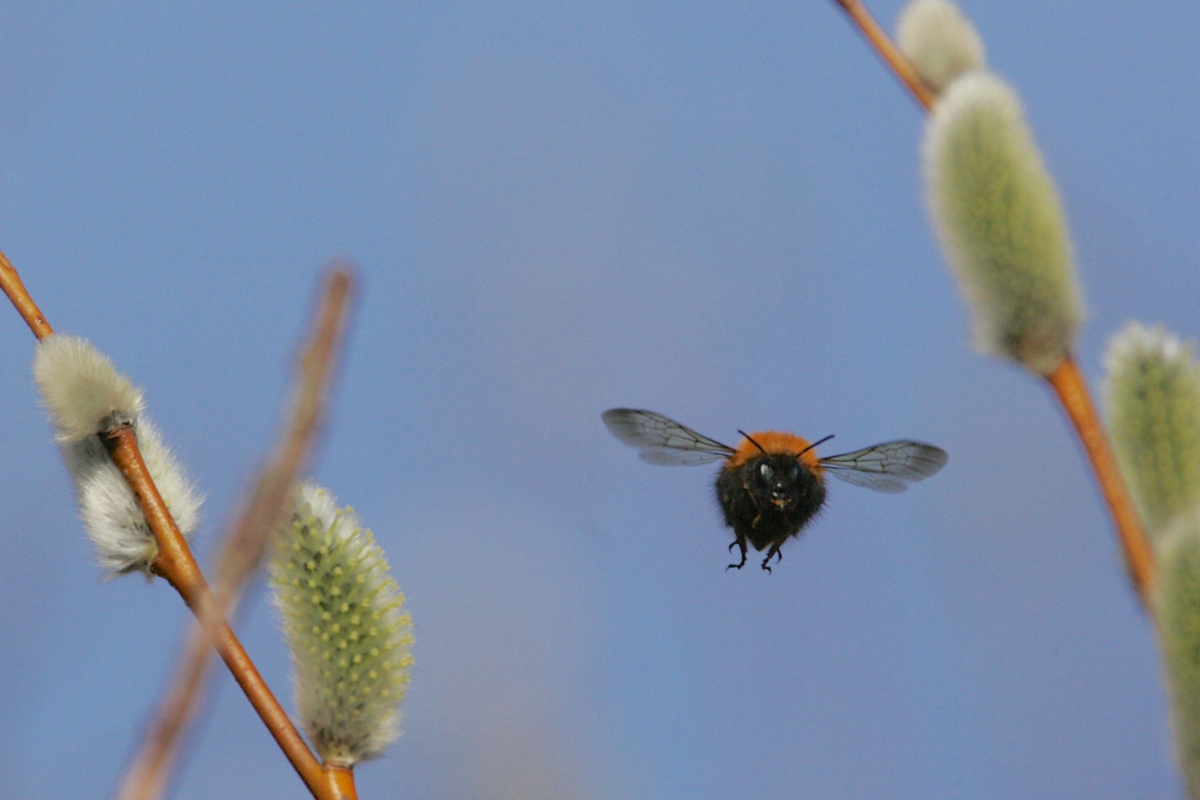Badger camera season ending
Posted by the Animal of the Year team, 29.10.2016
The best viewing times for the badger camera now are in the evenings between 18.30- 22.00 and in mornings between 5.00-7.00.
Video captured by fleur3979
Posted by the Animal of the Year team, 29.10.2016
The best viewing times for the badger camera now are in the evenings between 18.30- 22.00 and in mornings between 5.00-7.00.
Video captured by fleur3979
Text and photo Uuno Ka
Translation Liis
Great white egret
Great white egret Hõbehaigur Ardea alba
In Mustvee, on the shore of Lake Peipus and at the river, a great white egret is present. A couple of days ago it was flying above Jõe street in a flock of gulls.
Overeating makes one sleepy, lazy and fat. Only a month ago such an image was not to be thought of: the badger flops down to sleep in front of the burrow. But a badger preparing for winter tends to be tired after one more major bellyful.
Posted by the Animal of the Year team, 15.10.2016
Video recorded by Tiit Hunt, rmk.ee
Photographed in Tartu 25.10.2016 Kristel Vilbaste
Translation Liis
Midterm school holiday in Tartu

Last raspberries

Shrub cinquefoil (Potentilla fruticosa)

Posted by the Animal of the Year team, 10.10.2016
More news now from the Soosaare sett. All three badgers whom we have seen here before the longish break passed in camera view last week. The large fat male badger with the bushy blunt tail, the large fat female badger with a narrower tail and now also a rather fat young badger but with a narrower tail. The younger badger differs from the female only by the proportions. Its body is smaller compared to the head.


Video transmission courtesy of Andigo Eesti OÜ and EENet
Technical solution ITrotid
Translation Liis
if(Hls.isSupported()) { var video = document.getElementById('video'); var hls = new Hls(); hls.loadSource('http://193.40.132.138/hls/kala.m3u8'); hls.attachMedia(video); hls.on(Hls.Events.MANIFEST_PARSED,function() { video.play(); }); }
Some time ago n interesting story could be read in the Viljandimaa newspaper „Sakala” about how a hunter who had been luring elks deceived a wolf flock. Such a hunter is worthy of admiration. Most hunters cannot imitate an elk cow so masterfully.
We should also feel proud of the fact that wolf packs can be seen in our forests. How many countries can still boast about that.
Text Kristel Vilbaste
Translation Liis
Linda’s rock in Lake Ülemiste. Postcard ca 1920s
Last week a notice went through the newspapers that the Muinsuskaitseamet (Estonian National Heritage Board) had finally granted permission for removal of three ritual rocks that would hinder the expansion of Tallinn Airport. What was startling in the news however was the fact that one 100-tonne sacrificial rock with grooves would be sawn into four parts and transported so to the others.
Science news from the Year of the Great Tit edited by Marko Mägi, Bird ecology researcher at University of Tartu
Translation Liis
Goldfinch Ohakalind Carduelis carduelis
The passing of migrants heading towards south usually ends with the end of October but weather and winds also play a part. A couple of ten thousand ”brave” winterers remain depending on the severity of the winter. Breeders in Estonia in summer are estimated at forty to sixty thousand pairs.
The sociable goldfinches move around foraging in small groups and so they can be compared to each other easily.
Quite a long time has passed and only raccoon dogs and other visitors come to the bog-side burrows of the Soosaare badger sett where we started monitoring this sett. The badgers that initially were in a playful mood and felt secure at home no longer do so. Their tracks and activities lately are at the rear side burrows only. Two weeks ago we installed a camera there too and the first batch of video clips is here.
Posted by the Animal of the Year team, 02.10.2016
Text and photos Aare Lindt, www.loodusmuuseum.ee
Translation Liis
Female of December moth
December moth Paplikedrik Poecilocampa populi
The gusts of autumn gale winds that have arrived do not tempt moths and butterflies especially to appear. We will see how autumn develops during next week?
The December moth is present in all Estonia and is common. The moth is in flight from mid-September to mid-October in broadleaf and mixed forests, scrubs and also gardens.
Dear garden bird observer!
With today’s notice we end this year’s seven months long Summer garden bird diary season. It is already clear that in this, the third garden bird diary year, almost one-third more garden bird observers participated and recorded more birds and nature observations than last year. Our joint effort in this is very important and necessary to illuminate the welfare of our garden birds and garden life in general.
The exact numbers and results will be announced in the course of the next couple of months after the observations have been reviewed (October) and analysed (November). When questions arise for me in the course of this I will contact the observers.
Text and photos Aare Lindt, www.loodusmuuseum.ee
Translation Liis
Figure of eight moth
Figure of eight moth Sinipeaöölane Diloba caeruleocephala
The Figure of eight moth occurs in all Estonia but is not common. The moths can be seen in September and October in broadleaf and mixed forests and home gardens.
Copyright 2025 · Looduskalender
Designed by Zymphonies
We also use analytics & advertising services. To opt-out click for more information.